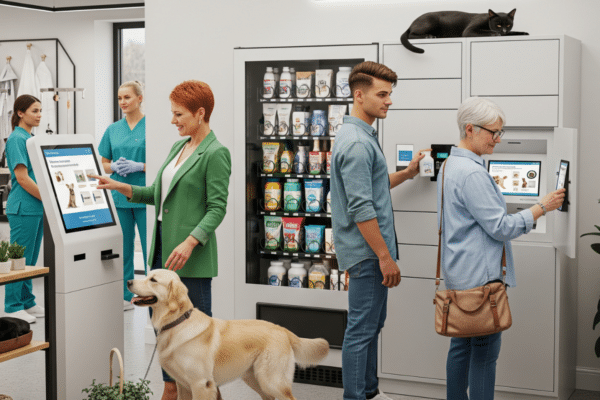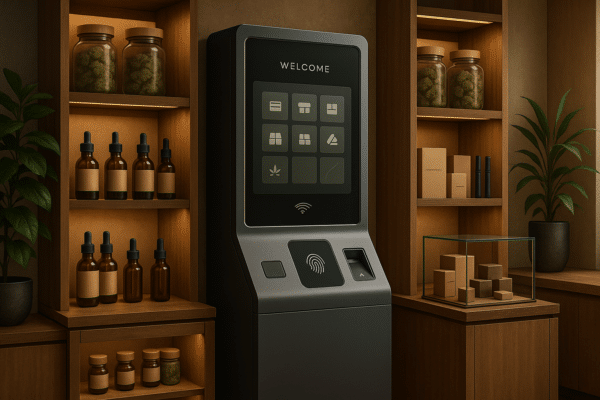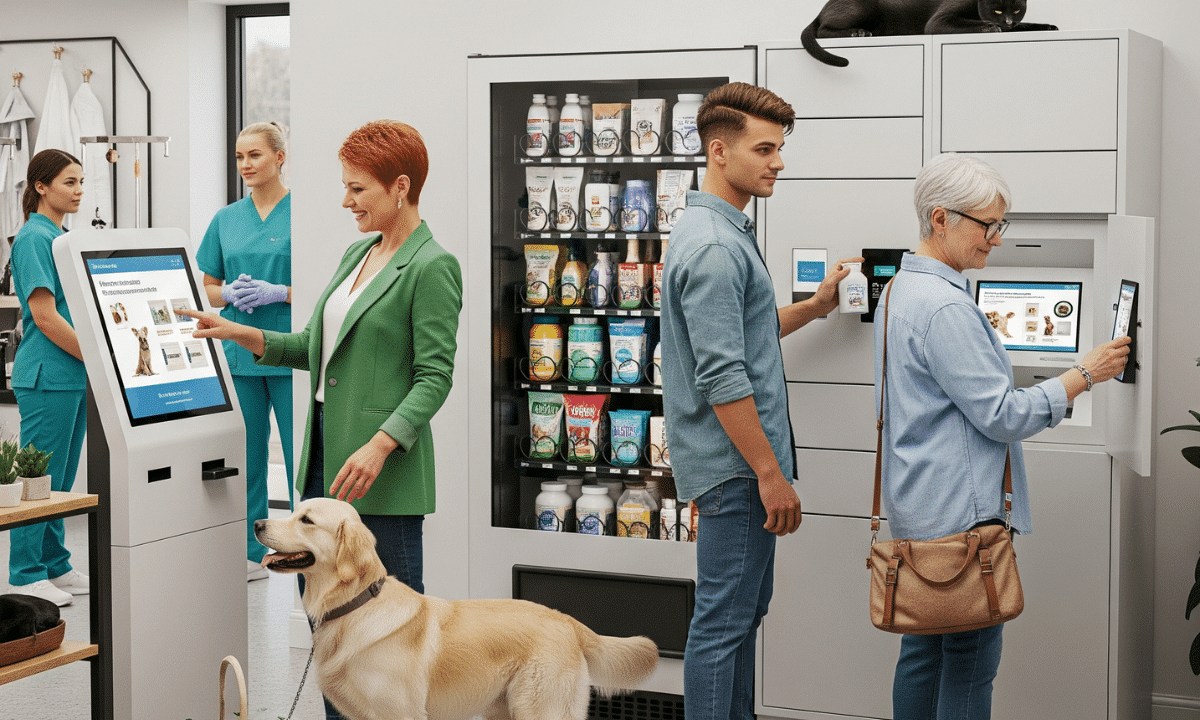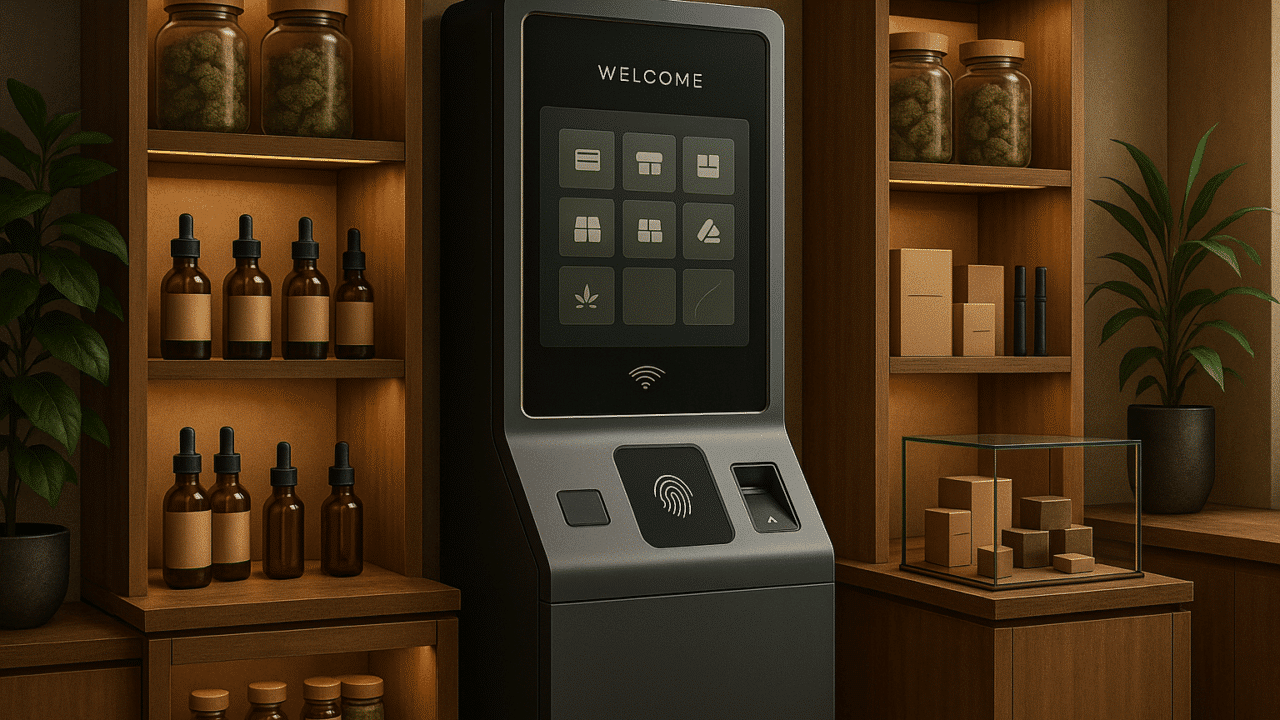
What is Visual Merchandising in Retail and Why Does it Matter?
The Secrets of Effective Retail Visual Merchandising And The Difference They Can Mean For Store Sales
It’s no revelation to anyone that retail space exists to sell product. What is surprising, however, is how many brands and retailers fail to design their stores and displays to actually do more of the legwork where sales are concerned.
Visual merchandising is the practice of designing a retail space in a unique way that promotes customer engagement and drive sales. So, what does this mean? Essentially, we’re talking about designing in ways that make it easy for shoppers to get information, find the merchandise they need, discover new products, and get the most from their store visit.
A successful visual merchandising program goes well beyond what customers see when browsing through a store. It’s about what the visual design makes them feel and how effectively it converts them into happy purchasers.
“Visual merchandising has always been a key way to increase sales,” says Chris Green, Vice President of Business Development for The Revenue Optimization Companies (T-ROC), a leading retail management, marketing and merchandising company. “At T-ROC, we’re finding with the trend toward omnichannel sales, it’s more important than ever for a brick and mortar retailers to make sure their merchandising programs are working as hard as possible. Shoppers want more than a store filled with great products. They want stores that make life easy, that command their attention, and that reward their visits with personal buying experiences. Therefore, retail visual merchandising has never been more important”
How hard is your retail visual merchandising working? Could your business use a little help finding its way? Perhaps, it’s time to talk to a retail merchandising expert? To find out more ways to succeed and drive sales, check out our post on How to Make an Aisle End Cap Display that Drives Sales.
There are a lot of considerations when creating a successful visual merchandising program, and, depending on the items your selling, they may vary. For example, if you’re an athleticwear company, it’s logical to merchandise your store by sports category. If you’re selling housewares, you might plan your merchandising around various rooms (kitchen, den, laundry room) in the home.
What follows is by no means a complete list of best practices. However, if you’re a brand or retailer operating brick and mortar stores, everything that follows is certainly worth considering. Remember, visual merchandising is all about making the shopping experience more entertaining and enjoyable for your customers. Creating a uniquely positive customer journey is how you set yourself apart from the competition and how you’ll build a loyal fan base interested in more than window shopping.
With this in mind, let’s dig into how you can make retail visual merchandising work better for your business. The good news is you don’t have to spend a future. However, you will need a creative eye, a merchandising strategy that’s on point, and plenty of attention to detail.
Contact Us For A Free Consultation
Visual Merchandising Rule 1: See The Store As A Salesperson
The retail space you create. The colors you choose. Your product mix. How you use different displays. The way you approach the merchandising of top selling items, and, also, how you deal with products that aren’t selling. All of these have a big influence on the way customers experience your stores. In fact, they have as much impact on the customer journey as the people working in your stores.
That’s why rule one of visual merchandising is to treat your retail space like a salesperson. Because in a very real way, it is one. If you’re people weren’t living up to the customer service standards your brand warrants, you’d do something about it. Look at your stores through the same lens. Strong visual merchandising requires examining the space itself as a sales engine and making a point to hold it accountable for performance.
This may seem a bit odd at first, however, envisioning every retail store as a living, breathing sales influencer may help remind you how important visual merchandising is and, therefore, help keep you focused on improving the ways you use it.
Are your retail stores doing their job? Are they moving product? If not, maybe it’s the merchandising? Or, maybe it’s a number of different things? Consider a free consultation to find out. Also check out our merchandising consultants page.
Color Is Key
Few aspects of retail emote the way good color coordination does. In fact, some would argue that color is the most important aspect of visual merchandising. Regardless, there’s no doubt that color sets the mood and can help define the essence around the brands and products you sell.
This does not mean you always need bright and fluorescent colors to get the attention of customers. Haven’t you even been moved by a stunning black and white photo? Surely there’s been a time when softer, even monochromatic colors, have spoken to you? The point is, a great merchandising color scheme is one that embodies the attitude and functional aspects the product being sold.
As you can imagine, color is most important when creating individual product displays. If you’re marketing a specific brand, there will likely be design guidelines in place to follow. However, you’ll also be able to use your own creativity to draw customers in through color coordination that spotlights your displays. Use your imagination and create something impossible to ignore. That’s great visual merchandising.
Powerful Words Make Great Visual Tools, Too
Big impressions on the sales floor don’t always have to be visual cues. A great line or two at the point of purchase can also grab a customer’s attention. Image that your merchandising is there to tell a quick story. How will your story lure the customer’s eye? Is it the way your product makes life more enjoyable. Is it about how easy the product is to use? Is it a tale of affordability and value?
There’s no right or wrong answer. However, be sure the information you’re imparting gives customers a reason to stop and explore further. Remember, you’re trying to woo shoppers who aren’t necessarily going to look for your product. Be concise. Be bold. Be relevant. It’s a good idea to limit your messages to at most a few bullet points, though, whenever possible go with a single headline.
Also, remember that visual images paired with words tend to make the most inspired marketing messages. Let a moving photo or illustration tell part of the story and then use a powerful headline to tie it all together.
There’s No Such Thing As Empty Space
Never view the open areas of a store as simply empty space. Look at it as part of your retail visual merchandising strategy. Customer’s don’t want to feel confined by a store where every inch is filled with products and merchandise. They certainly don’t want to be overwhelmed by competing messages in an age where the volume of marketing we see already seems overwhelming. So, what do you do with these areas? Sometimes the best thing to do is leave them open to create an easy flow for customers. If you’re store has high ceilings, use the empty space above your merchandise and displays to suspend great lifestyle images that relate to the department or brand being featured in that part of the store. For example, a mobile technology brand might use a giant image of someone happily using their latest tablet or cell phone to help launch these new products.
Visual Merchandising Requires Balance
When it comes to retail merchandising, too much is just too much. Conversely, too little won’t get the job done. Make sure you create a good balance of products and displays in your stores. The goal is to merchandise in a way that offers shoppers plenty of product choices without making the experience feel cluttered or confusing. It’s also important to make sure the focal points in your store are actually focal points. Too many retail hot spots won’t garner more attention, they’ll just add new distractions – and this will not increase sales.
Feature as many products as possible, but always keep product displays crisp and uncluttered. Give customers plenty of space to move through your aisles freely. Merchandise your store, so it offers the products your customers need, while also making the items they need easy to find.
Merchandising In An Interactive World
We’ve entered what retailers are calling the age of Retail 4.0. In a nutshell, it means finding ways to apply the latest digital technologies to improve merchandising, customer engagement and, ultimately, sales.
Giving your visual merchandising strategy a digital facelift is a great idea in world where shoppers are blurring the lines between online and in-store experiences, as pointed out by Chris Green of T-ROC.
“At T-ROC, for example, our clients are using retail technologies like digital touchscreens and virtual reality to create interactive experiences for customers. We’re also helping them integrate intelligent data solutions into their retail programs, so they can learn more about their customers, get information on the competition, and measure the performance of merchandising, product displays, and sales personnel in real time. It’s easy to make smart merchandising decisions when you have clear business insights to guide you,” he says.
How can companies incorporate interactive technology into their visual merchandising? An example might be an auto company using touchscreens that allow car shoppers to go through different vehicle options – colors, upholstery, performance options, etc. Another example might be a home automation retailer using interactive displays to showcase the latest home theater technology.
Is your retail business up on the latest Retail 4.0 technologies? How are you using data to guide merchandising and increase sales? Interested in learning more? T-ROC also offers fully integrated planogram maintenance along with a myriad of other services and tools
Create The Right Visual Merchandising And You’ve Added A Great New Salesperson
There’s a lot more to effective retail merchandising than you’ll find in this article. But it may serve as a good barometer when evaluating your own stores and product displays. Visual merchandising is not easy. It’s also not option in today’s retail marketplace. If you fail to make shoppers feel comfortable and engaged on the sales floor, they won’t stick around your stores very long. The brands and retailers who succeed will be those who look at merchandising as an important part of the sales equation. Remember rule one – try to see retail merchandising as a salesperson. Because it can be just as important as the best one you’ve got.
Want to keep up with the latest goings-on in retail? Then, subscribe t o T-ROC blogs, your free window into the industry. Learn more about optimizing revenue by improving every aspect of retail management – visual merchandising, retail marketing, Retail 4.0 technology, staffing, and more. Visit www.trocglobal.com and see why Fortune 500 brands and retailers, including Samsung, Walmart, and Xfinity count on The Revenue Optimization Companies (T-ROC). Also check out our page on omnipresent marketing to learn how to boot your marketing presence.
Contact Us For A Free Consultation
TROC is the leading provider of premier staffing outsource, software, managed technology services, and consumer insights for the top global brands, retailers, manufacturers, service providers, and distributors. The company’s distinctive solutions address the entire lifecycle of brick and mortar brand and retail operations by combining retail expertise, best practices, and technology to help its customers achieve sales and operational excellence as well as a sustainable competitive advantage. As a Retail 4.0 thought leader, T-ROC enables companies with high-value products in the physical world to thrive through the digitalization of the physical shopping experience. To learn more about T-ROC, visit www.trocglobal.com.








